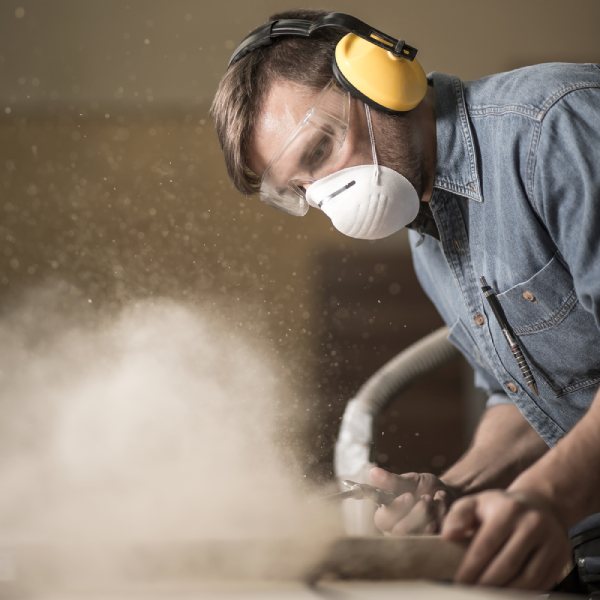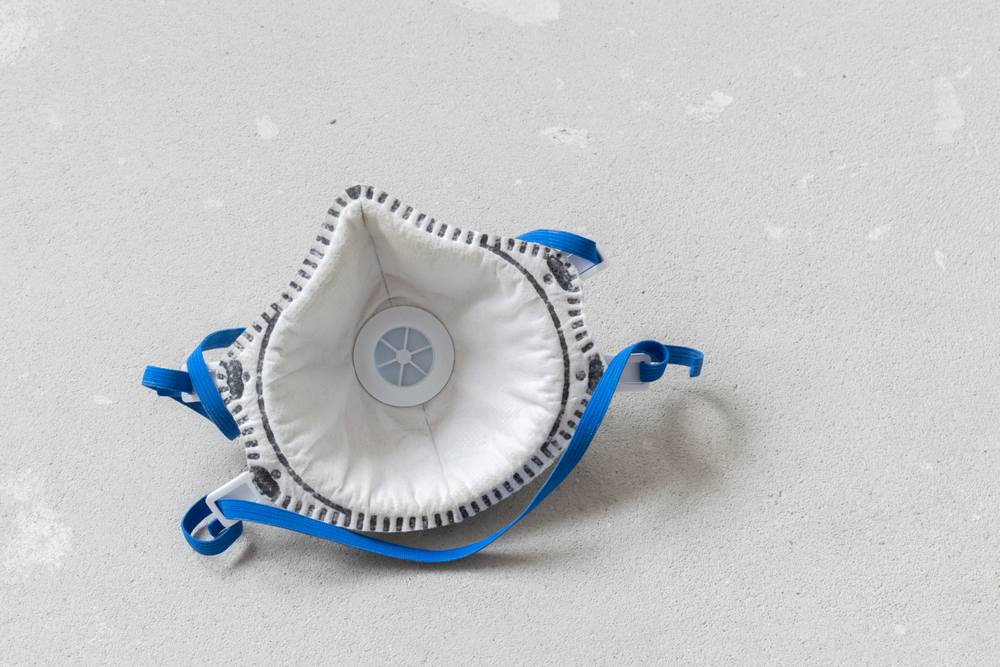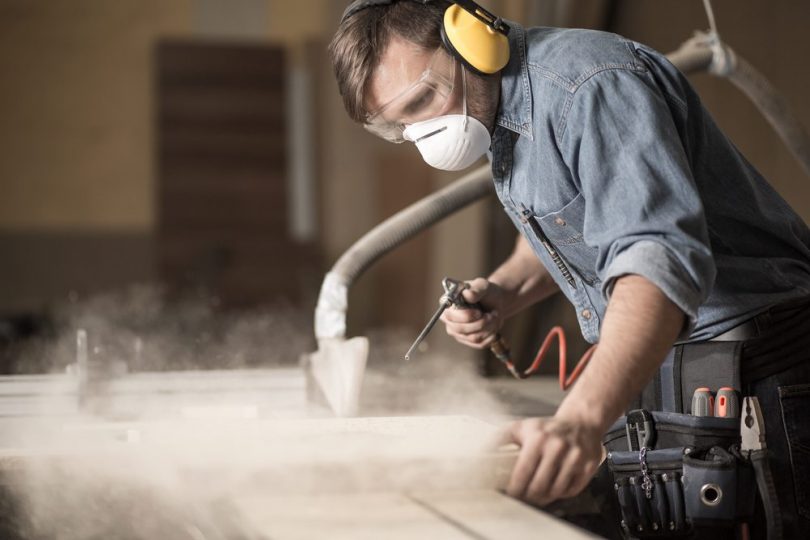Using a dust mask is an excellent method of protecting your lungs and general health when you’re in an environment with poor air conditions or where infectious diseases are spreading. Dusk masks are worn in locations where dust from building or cleaning operations, such as brick, drywall, fiberglass, wood, and silica, are present. They are also used in situations where allergens like plant and grass pollen are present. Created to filter out hazardous particles, dust masks are a compact and reasonably inexpensive method to breathe fresh air and remain healthy.
Benefits of Wearing Dust Mask

The main function of dust masks is to protect the user and to prevent diseases, especially the development of bronchial disorders. These kinds of disorders can affect both the quality and the duration of one’s life. Dust masks are commonly worn at the workplace in hazardous situations where there is a chance of inhaling harmful chemicals that might cause wheezing, coughing, loss of breath, and other breathing problems.
Consequently, any prolonged exposure to hazardous substances and particles might result in death. Even a couple of minutes of exposure can cause disease, and while the human eye cannot detect these dangerous chemicals, they nevertheless pose a serious threat to human health. The company is responsible for the safety and health of the workers while they are on the job. If your company decides to apply dust masks after analyzing the health hazards, the approved dust masks must be worn even for short or quick jobs that take only several minutes, because long-term impacts might affect your long-term health.
Aside from work, there are several other circumstances in which a dust mask or even particle respirators that filter the air you breathe while protecting your lungs from potentially harmful hazardous particles are advised. When you perform home repair projects, art projects, or perhaps gardening, pollutants such as mold spores, dust, pollen, or sprays may be present in the air you breathe.
Wear a Dust Mask in 4 Easy Steps

1. Choose Your Dust Mask
Dust masks are an excellent way to safeguard your lungs against airborne particles. The dimensions available for dusk masks range from extremely small to moderate and big, based on the type. If allowed, try on several sizes before making a purchase. Be sure that mask is tight and does not slide over your face, keeping in mind that you will shape it to your face ensuring an even tighter grip.
2. Ensure Proper Positioning
The dusk mask prevents you from breathing any pollutants by covering your mouth and nose. To properly wear your dust mask, place it in the center of your hand with the straps towards the ground. Place it across your mouth and nose, having the nosepiece lying on the bridge of the nose. The underside should be just below your chin. Using a dusk mask correctly would also give considerable protection if you want to shield yourself from any surrounding particles in your environment.
3. Fix Your Nose Bridge
Sometimes dusk masks include a metal clip just where your nose bridge will be. Be certain to squeeze it in position so that the tip of the mask fits perfectly against your face. Place your first two fingers on either end of the metal clip just at the tip of your mask. Shape the strip across your nose bridge by running your fingertips along both ends. Even if there isn’t a metal clip, do your best to keep it from slipping down your nose afterward.
4. Put the Mask to the Test
Check for leaks by breathing through your dusk mask. To ensure that the dusk mask fits on your face, place both palms against it and breathe deeply. After that exhale and check for any leakage across the sides or through the nosepiece. Realign the nosepiece if you notice that air is starting to leak from the region around your nose. If it’s leaking from the ends of the mask, move the bands on the edges of your head.
When to Replace Your Dust Mask
1. When Your Dusk Mask Is Filthy
If your mask’s color changes from white to dark, black, or anything else, it’s time to discard it and acquire a new one. Using the mask many times might cause it to get dirty or polluted, making it useless. A dirty dust mask can not protect you from different particles, and it could also hurt you. Breathing would become uncomfortable, and you may get sick as a result. If stored improperly, the mask might become contaminated. So keep it in a zipped plastic bag or a sterile drawer while not in use.
2. When the Dusk Mask Has Been Damaged
Dust masks can easily break due to the lightweight fabric they are manufactured of. This may happen for a variety of reasons, but when a mask is damaged or has holes in it, then it’s no longer usable. You risk consuming harmful particles if you don’t throw that mask away. Do not attempt to repair the mask by yourself using glue, duct tape, or anything similar. Simply purchase a new mask and discard the old one.
3. When You Share Your Dusk Mask With Somebody Else
Sharing a replaceable dust mask is not an option since germs can quickly spread from one individual to another. The National Institute of Occupational Safety and Health does not recommend sharing the same dust mask. So, if your mask was worn by somebody else, just toss it away and get a new one.
4. When Your Dusk Mask Is Worn for 8-10 Hours in a Row
Even when the mask isn’t filthy, if you’ve used it for more than 8 hours, you might consider replacing it. There’s a good chance that many bacteria have adhered to it without your knowledge. One of the best ways to protect yourself is to wear a mask. If you think that dust mask needs to be replaced, don’t hesitate to toss it out and get a clean one.
FAQs
1. Which End of the Mask Should Be Exposed?
Ans. The front of the mask includes a firm flexible edge that is designed to conform to the contour of your nose. The colorful side of the dust mask should be facing away from you because the white end should be touching your face.
2. Are Medical Masks and Dust Masks the Same?
Ans. Medical, dental, and surgical masks provide very limited protection since they do not fit comfortably enough on the face to prevent an individual from inhaling or emitting a large number of airborne contaminants.










Leave a Comment